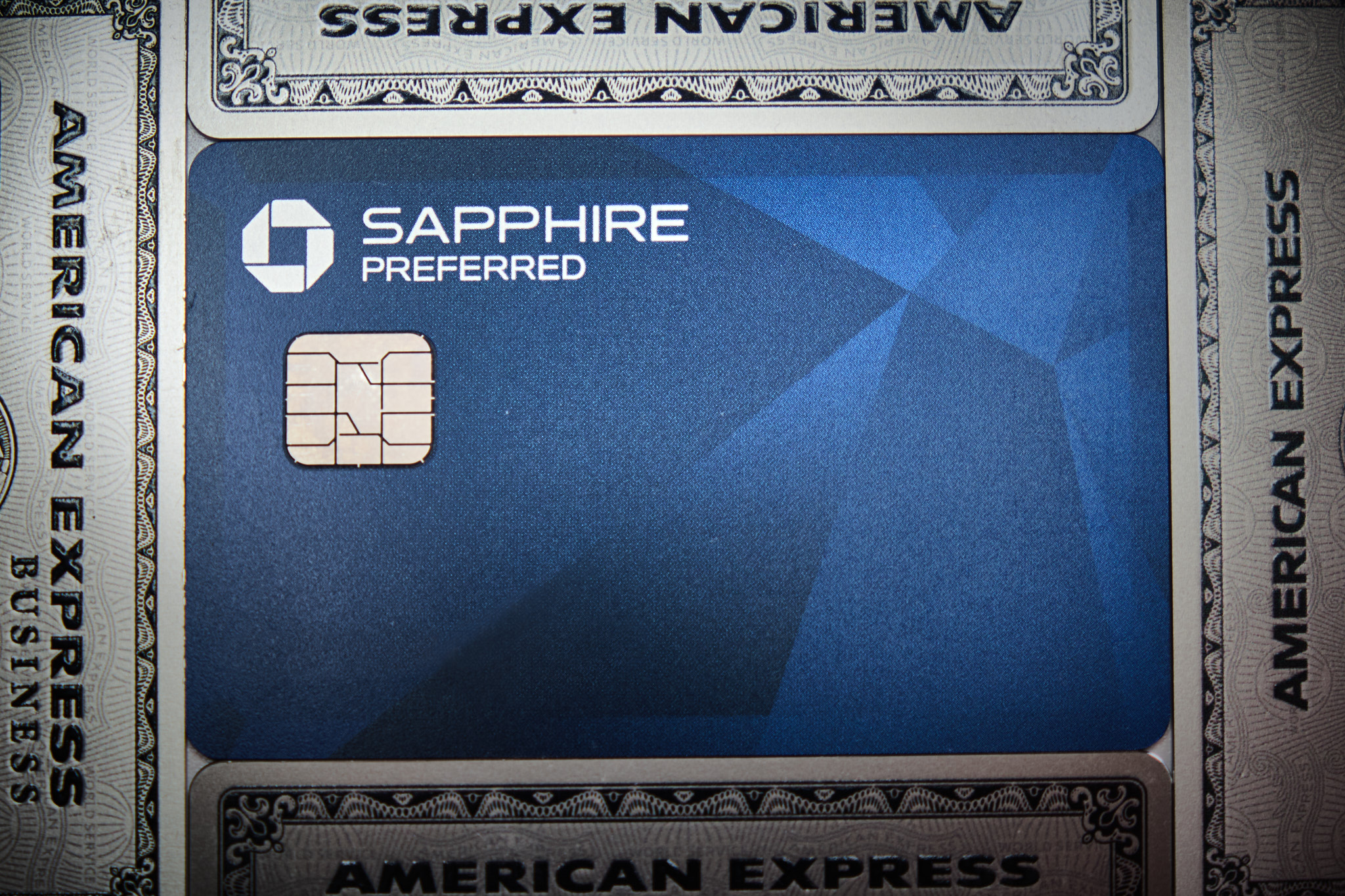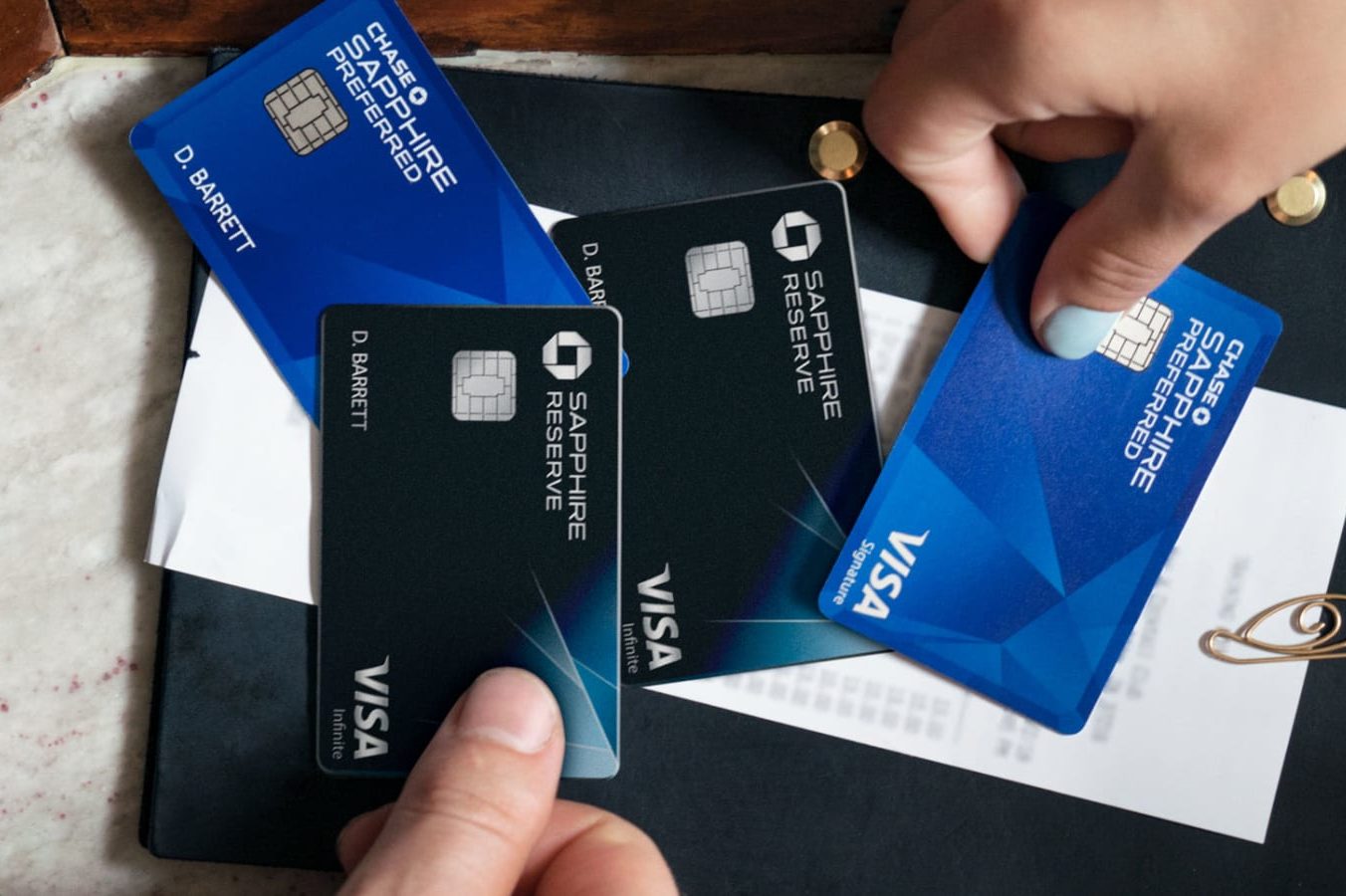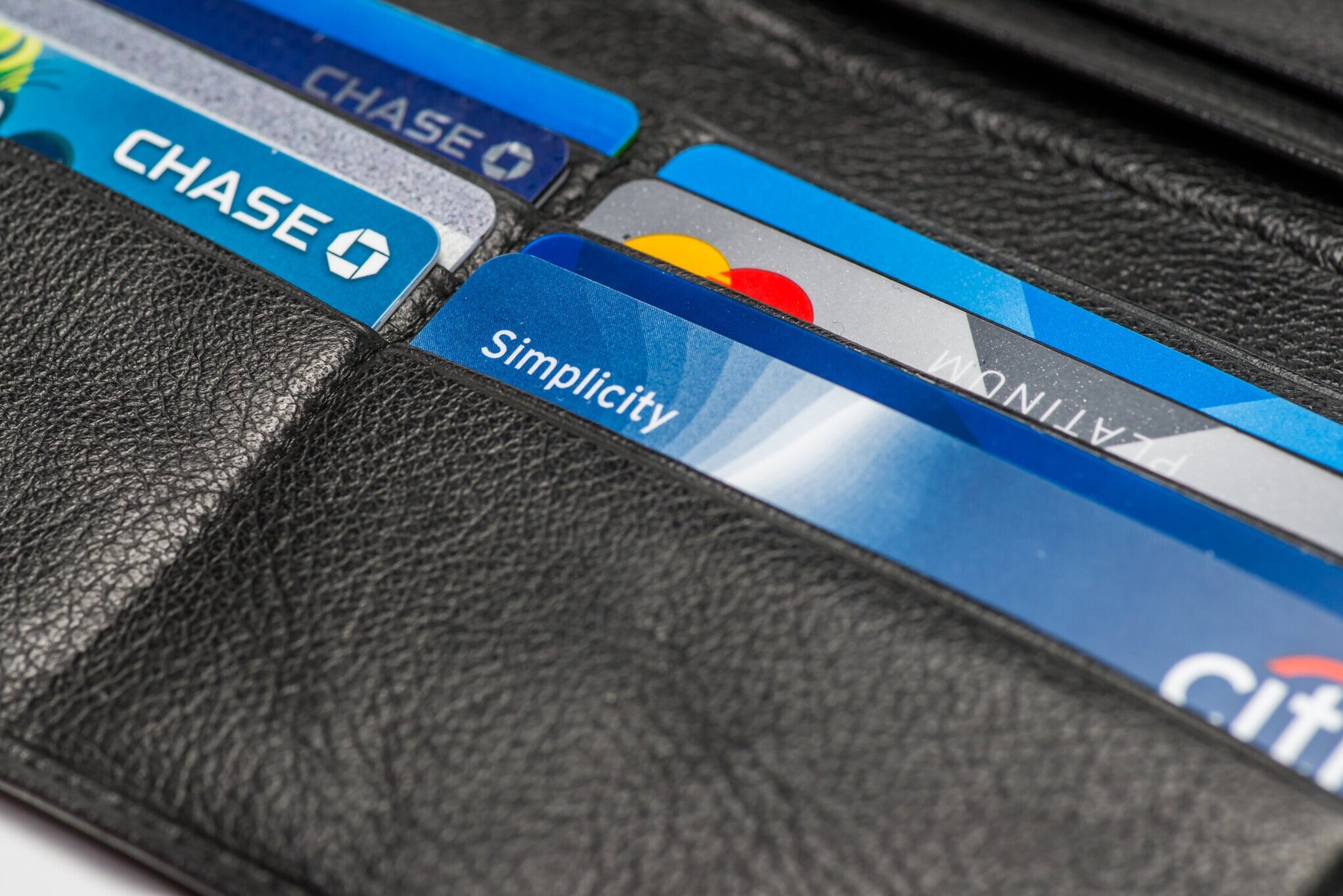Chase credit cards in the US are the gateway into unique loyalty programs for Canadians, such as United MileagePlus and World of Hyatt. While they provide amazing value for both flights and hotels, accumulating sizeable points balances can be a challenge.
One hurdle is the infamous 5/24 Rule: it stipulates that anyone who has opened five or more cards within the last two years is ineligible for most Chase products. For Miles & Points enthusiasts who are starting their US credit card journey, it is optimal to strategize around this restriction, so they can benefit from as many opportunities as possible across Chase and American Express.
Chase Credit Cards
Before diving into the application process and its rules, let’s explore Chase’s three main categories of credit cards – entry-level, premium, and co-branded.
The Freedom cards are part of the entry-level lineup. While they require little to no US credit history to be approved, they have foreign transactions fees on non-USD purchases.
For example, the Chase Freedom Flex card has 5x multipliers on the first US$1,500 spent each quarter. However, the foreign transaction fee is 3%, resulting in only a 2% best-case return on spend in Canadian dollars, and a zero or negative return on purchases outside of this generous bonus category.

It’s also important to note that Ultimate Rewards (UR) points earned on Freedom cards are not transferable to third-party loyalty programs, similarly to how Amex MR Select points in Canada cannot be transferred to airlines.
Premium cards are the Chase Sapphire Preferred and the Chase Sapphire Reserve. They earn UR points that can be transferred to ten airlines and three hotel chains, just like how Amex Membership Rewards points on premium cards can be flexibly transferred to a number of high-value partners.

Four of those partners are unique to Chase, and not partnered with any other bank: United and Southwest for flight rewards, and Hyatt and IHG for hotel stays. All four of them also have co-branded cards with the bank.

Chase also has co-branded Marriott cards. Notably, Chase will not award a welcome bonus to applicants who have opened any of the Amex US Marriott Bonvoy cards within 90 days, or received a welcome bonus from any Amex US Marriott Bonvoy card within 24 months.

How to Get Approved for a Chase Card
Unlike American Express, Chase does not consider Canadian credit history when evaluating creditworthiness. They also require an ITIN, even for existing checking account holders who are pre-approved.
ITINs became harder to get as of last year. Nowadays, the safest way is to go through a professional tax advisor.
Other than getting a tax ID, applicants must fulfill two conditions:
- Having at least one year of US credit history. Anecdotally, a sizeable deposit account balance with Chase may help override this requirement.
- Having less than five newly-opened personal credit cards in the 24 months prior to the application. Otherwise known as the 5/24 Rule, this is a hard limit and is not subject to reconsideration.
If you don’t get an instant decision with an online application, you may have to call the reconsideration line. The credit department on the other end will ask why you want to get the card. They will also inquire about your income and monthly rent or mortgage payments. Chase was able to provide a final result over the phone every time I called them.
Optimal US Strategy for Canadians
As Canadians, it’s easy to kickstart the US credit card journey with American Express, either through a Global Transfer or Nova Credit. Indeed, having one or more personal credit or charge cards is a de facto prerequisite to get approved for a premium Chase product.
To accommodate for the 5/24 Rule, first determine which Chase cards you are interested in.
Here are the options I would go for:
- Chase Sapphire Preferred is usually a no-brainer – throughout the last year, it has consistently offered 80,000–100,000 Ultimate Rewards points upon spending US$4,000, with an annual fee of US$95.
- World of Hyatt is a great keeper hotel card, awarding one annual free night at any Category 1–4 Hyatt hotel, plus another one when you spend US$15,000. Unfortunately, the current offer is quite weak, at 30,000 Hyatt points upon spending US$3,000. When the offer increases, it will become a great way for advanced Miles & Points enthusiasts to diversify their hotel portfolio past Marriott and Hilton.
- Chase Ink Business Preferred is similar to the Amex US Business Platinum Card, but with a much lower annual fee of US$95. In June 2021, this card currently offers 100,000 Ultimate Rewards points upon spending US$15,000. Be warned, however: Chase business cards are nearly impossible to get approved unless you have a legitimate business operating in the US to justify the need for a credit card.
The number of Chase cards you plan on getting is the number of 5/24 “slots” you need to keep open. If you’re over the five credit card threshold, you must wait two years after you opened your fifth-most-recent card for the “slot” to free up.
While waiting for the one year mark of your US credit history, you can profit off the high-spend, high-return welcome bonuses on Amex US business cards, which don’t count against the 5/24 limit. Here are a few, currently advertising all-time highs via incognito and referral channels:
- The Amex US Business Platinum Card is offering 150,000 MR points upon spending US$15,000 in the first three months.
- The Amex US Business Gold Card is offering 90,000 MR points upon spending US$10,000 in the first three months.
The Marriott and Hilton business cards deliver generous bonuses as well. In addition, they both boast a few ongoing benefits:
- The Amex US Marriott Bonvoy Business Card provides an annual free night up to 35,000 points after the first year anniversary, similar to its Canadian counterparts.
- The Amex US Hilton Honors Business Card grants instant Hilton Honors Gold Status, earns 12 points per dollar spent on paid Hilton stays, and provides opportunities to spend your way to free night rewards and Diamond Status.
After your first US card reports the 12th statement, get one of the Chase products. Upon getting approved, apply for the other ones that interest you every three to six months. The official limit is two approved cards within 30 days (also known as the 2/30 Rule), but as a new customer, it’s unlikely Chase will allow you a welcome bonus so often.
When done with Chase, 5/24 is no longer a concern, so you can proceed with Amex personal cards, as well as other banks which require an ITIN or an established US credit history. Citi becomes an option after one year. So does Bank of America, but it’s much easier for Canadians to do an in-person application.
Also, Chase will only award one bonus on any of the Sapphire cards once every 48 months. Specifically, an applicant may not get a bonus on both the Preferred and Reserve cards if the applications are less than four years apart. You also cannot have more than one Sapphire card of the same type, unless it’s through an upgrade or downgrade.
If you do not find the card’s US$95 fee worthwhile after the first year, there is a downgrade option to the entry-level Chase Sapphire. This product is not available to new applicants, only to existing cardholders of Sapphire Preferred or Reserve.
Being active in the US game, by the four-year mark you will have probably cycled through most American Express cards, as well as the few other banks which are happy to accommodate customers with ITIN. At that point, depending on your 5/24 status, Chase cards may become an option again.
Conclusion
For Canadians who have an ITIN, Chase offers unique points-earning opportunities with United, Hyatt, Southwest, and IHG. Their cards also come with stringent restrictions such as the 5/24 Rule and the one-year US credit history requirement.
Canadian Miles & Points enthusiasts who are starting their US journey should strategize around these inconvenient limits to take advantage of Chase welcome bonuses, which are usually as attractive as American Express offerings.




